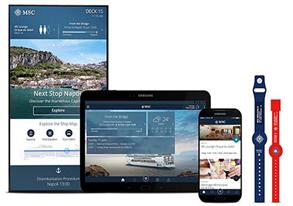There’s an interesting Video on YouTube by Marcus Rangell who has used a RuvviTag to get a notification when a mousetrap has been triggered:
Using a RuuviTag is probably over-engineering the solution. Any beacon that provides motion triggered broadcast would be suitable. Also, it’s simpler to use gateways to scan the beacons.
While this scenario might seem frivolous, the problem is real and some US companies already implement trap activation detection. There are many warehouses, food factories and food storage facilities that have rodent problems. The usual mouse and rat traps are ok but they need checking regularly as decaying rodents also aren’t desirable. Triggered traps also need re-arming as they are the ones most likely to catch more rodents. Doing the checking manually across many sites can be a full time job for many people. Trigger detection can be automated such that only triggered traps have to be visited and the resultant data can be used to automate the creation of simple reports of the most troublesome sites/areas.
